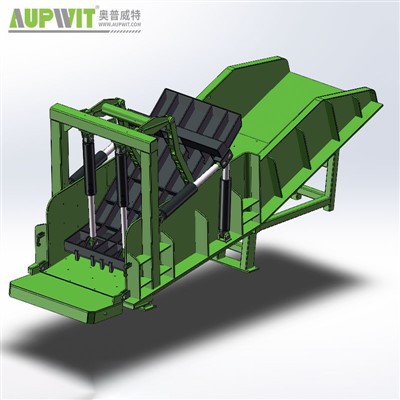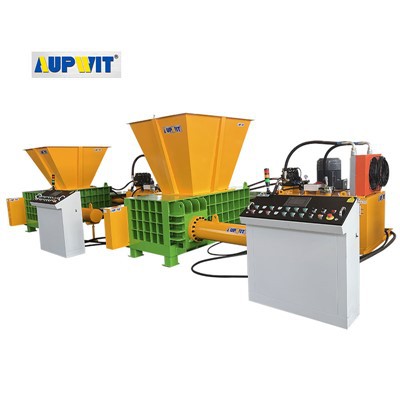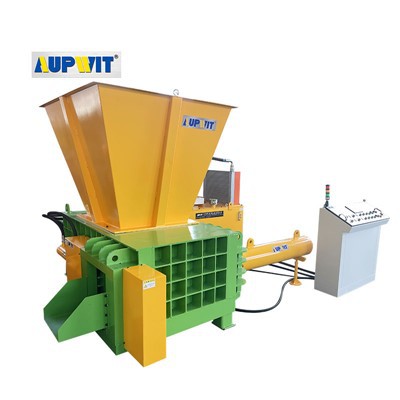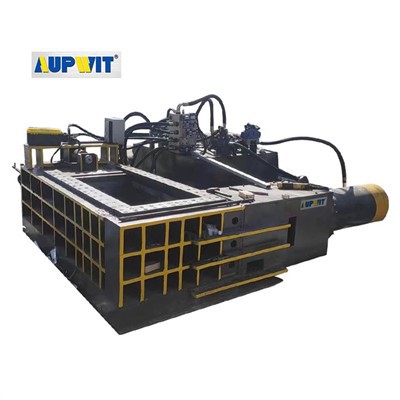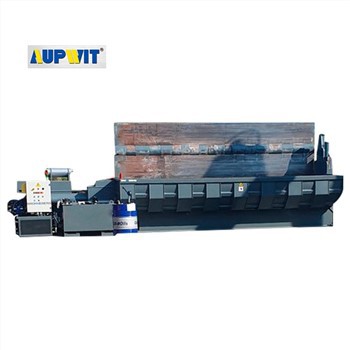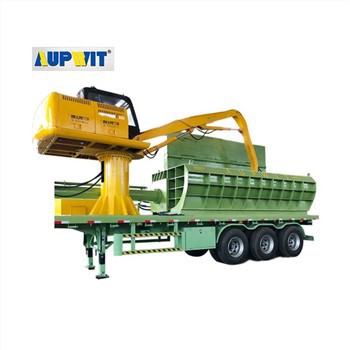Introduction
A Cast Iron Briquetting Press is a heavy-duty recycling machine specifically engineered to compact loose cast iron chips, shavings, and turnings into dense briquettes. This process dramatically reduces waste volume, recovers cutting fluids, and enhances the resale value of cast iron scrap. For foundries, machining workshops, and recycling centers, installing a cast iron briquetting press delivers both economic and environmental benefits.
What Is a Cast Iron Briquetting Press?
A Cast Iron Briquetting Press applies high hydraulic or mechanical pressure to compress loose cast iron scrap into small, high-density briquettes without binders. These briquettes are easier to store, transport, and remelt in furnaces, minimizing oxidation losses and increasing melting efficiency.
How It Works
-
Collection – Cast iron turnings and chips are gathered from machining operations.
-
Feeding – The scrap is loaded into the press hopper.
-
Compression – A piston applies high pressure, forming compact briquettes.
-
Discharge – The finished briquettes are ejected for storage, resale, or remelting.
This process can reduce the volume of cast iron scrap by up to 90% and recover valuable cutting fluids trapped in chips.
Key Benefits
-
Significant Volume Reduction – Save storage space and simplify logistics.
-
Coolant Recovery – Extract and reuse coolants, reducing costs and environmental impact.
-
Higher Recycling Value – Briquetted cast iron commands a premium compared to loose chips.
-
Improved Furnace Efficiency – Briquettes melt faster and more uniformly.
-
Cleaner Production Environment – Less dust and safer handling conditions.
Applications
-
Machining Workshops – Managing cast iron chips from CNC operations.
-
Foundries & Smelters – Feeding briquetted scrap directly into furnaces.
-
Recycling Facilities – Processing mixed ferrous scrap for resale.
-
Automotive & Heavy Equipment Industries – Recycling cast iron from engine blocks and components.
Features to Consider When Choosing a Cast Iron Briquetting Press
-
Pressing Force – Match press capacity to scrap density and production volume.
-
Briquette Size – Standard sizes range from 50 to 150 mm diameter.
-
Automation Level – Manual, semi-automatic, or fully automated systems.
-
Material Compatibility – Ability to handle different ferrous alloys.
-
Coolant Separation – Integrated coolant collection and filtration systems.
Installation & Maintenance Tips
-
Proper Foundation – Install on a stable surface to reduce vibration.
-
Hydraulic System Care – Regularly check oil levels, seals, and filters.
-
Routine Cleaning – Prevent blockages and ensure smooth operation.
-
Operator Training – Train staff to operate the press safely and efficiently.
Market Trends
-
Growing demand for eco-friendly cast iron recycling solutions.
-
Integration of IoT-enabled sensors for predictive maintenance and production analytics.
-
Development of high-speed presses for large-scale cast iron recycling.
Conclusion
A Cast Iron Briquetting Press is an indispensable solution for manufacturers and recyclers seeking to reduce waste volume, recover coolants, and maximize the recycling value of cast iron scrap. With the right press and proper maintenance, businesses can improve sustainability, lower costs, and enhance furnace efficiency.


